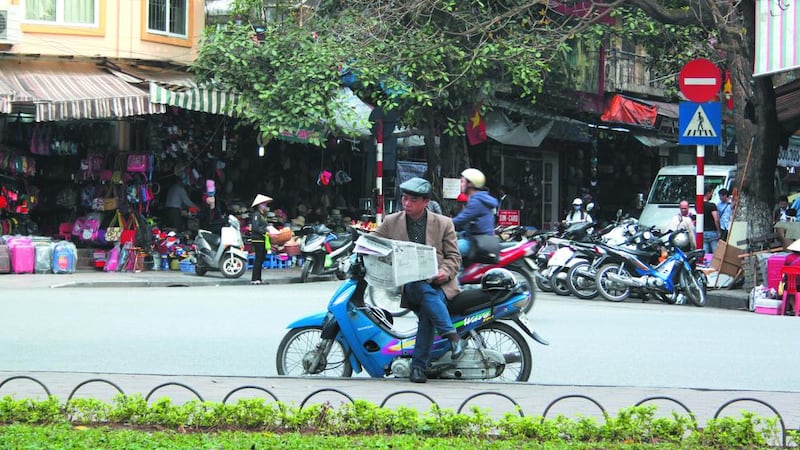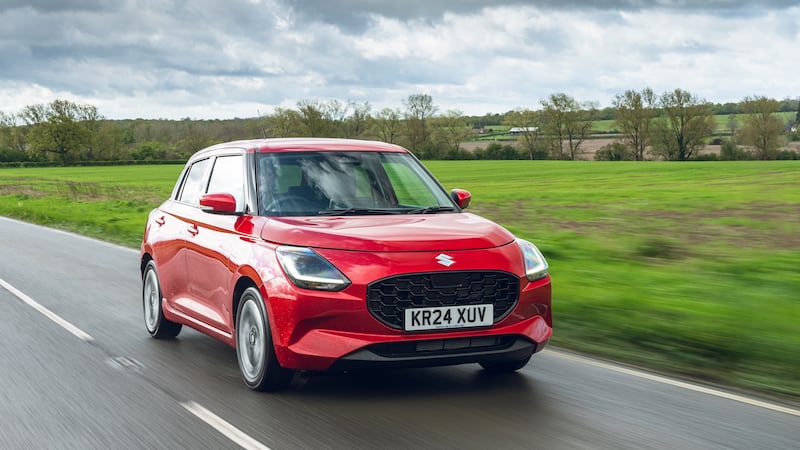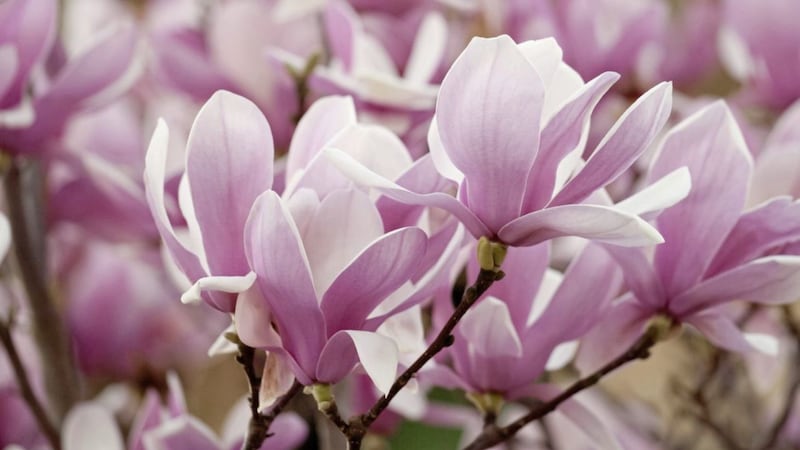THIS week marks 40 years since the fall of Saigon. On 30 April 1975 the remaining US forces evacuated the capital of what was then South Vietnam along with thousands of supporters of the Western-backed regime. Communist forces entered the city relatively unopposed and reunification came shortly afterwards – ending more than a century of imperialist meddling.
Vietnam has come a long way since then. Its economy is one of the fastest-growing in the world. Hanoi, the capital, is a racing maelstrom, while Saigon – renamed Ho Chi Minh City after the war – is a futuristic metropolis crowded with skyscrapers. Some regions endure as fragments of pre-modern Asia – Sapa, for example, with its iconic rice paddy-landscape. But while most of the country strides impatiently forwards, scars of war endure beneath the veil of the modernity.
Almost as soon as I land at Noi Bai airport, Hanoi strikes me as a frantic whirlwind. Amid the rush of mopeds in the compelling labyrinth of the Old Quarter, I find plenty of welcoming signs – bustling restaurants (both traditional and more chic), noisy bars overflowing with hip youngsters, and charming hotels based out of historic houses. Tourism is booming. Vietnam Airlines carried more than 15 million passengers last year and is confidently expanding its fleet (its new Boeing B787-9 Dreamliner launches this summer).
Although there's plenty about today's Hanoi to keep trend-seeking foreigners happy, I'm just as interested in its past. As I learn in the beautiful French colonial house that hosts the Vietnam National Museum of History (baotanglichsu.vn), Hanoi's history dates back to at least the third century BC. Vietnam became part of French Indochina in 1870s after 1,000 years of independence, and its subsequent struggle for liberation was a long one.
Ho Chi Minh declared independence in 1945 with Hanoi as capital, and spent the next decade battling the French. Then the US gradually took over the imperialist reigns by propping up South against North Vietnam; this year is the 50th anniversary of Operation Rolling Thunder, and the commencement of direct military campaigns by the US in 1965. The war culminated 10 years later with the fall of Saigon.
Fans can see the symbol of Vietnam’s liberation embalmed Lenin-like in the Ho Chi Minh Mausoleum (bqllang.gov.vn). But beyond the obvious tokens of war – the tanks and helicopters outside the Military Museum (btlsqsvn.org.vn), perhaps – there are subtler reminders.
On the same street as the Temple of Literature, I wander into Indigo Store, which sells traditional clothing from Sapa. Aside from commissioning all-natural work by the region’s best artisans, the shop employs about a dozen workers upstairs who make more contemporary clothing while using traditional methods, even concocting natural dyes. They must be very diligent, I think, as the workshop is very quiet.
“All our [seamers] are deaf,” explains Japanese owner Takeshi Yoshizawa. “It's very common in Vietnam. Agent Orange continues to affect the people.” During the war, US aircraft dropped more than 75 million litres of the dangerous herbicide, which causes health problems to this day.
Apart from striving to employ disabled people, Takeshi and his wife – who is Hmong, one of the largest ethnic minorities in Sapa – are committed to keeping ancient skills alive in the face of modern pressures. Though it looks nearby on a map, Sapa is a 10-hour bus ride from Hanoi in the north west of Vietnam, yet tourists are making the journey in ever-growing numbers. They come for the breathtaking vistas and village life, the impact on which is multifaceted.
On a trek with local guide Lee, I pass stunning, lush-green valleys studded with tiered rice paddies – harvested once a year, purely for sustenance. Culminating in a small but thunderous waterfall, the first village we visit seems relatively prosperous, with many tourists buying clothes and handmade mementos. Lee later tells me that nearly all the stalls are owned by Vietnamese masquerading as ethnic minorities.
After a couple of hours tracing hill paths, we reach the village of Cat Cat, which lies in the shadow of the jagged Fansipan mountains. Adults wear traditional Hmong clothing – black and squarish, with colourful embroidery – while kids run around half-naked. Cat Cat is deeply impoverished. An old lady invites us for a rice wine at her house – it turns out to be a small, dark barn with no running water or electricity.
While most of Vietnam has surged towards modernity since the war, life continues in Sapa much as it has done for centuries. The main difference is the ubiquitous sight of old women wandering the trekking routes foisting handmade clothes on tourists. Many children can be seen doing the same. Nineteen-year-old Lee, an eloquent English speaker, used to be one of them.
“It was the only way,” she says. “I couldn’t go to school. If you live in the mountains, it is too far.” Lee has been given boarding by Sapa O’Chau (sapaochau.org), the tour company that she works for when not busy studying; this social enterprise provides a hostel for kids like Lee from remote villagers so that they can attend school in Sapa Town, the region’s central hub. It’s now proliferating with hotels, restaurants and shops – almost all owned by Vietnamese rather than minorities. Sapa O’Chau’s founder, Shu Tan, wants to change this: “The Hmong and other minorities don’t need handouts,” she says. “We need to empower the people.”
The picture of a prospering or struggling Vietnam shifts across the country. The Central Highlands – a narrow slither of mountainous territory connecting North and South Vietnam – was hotly contested and heavily bombed during the war, but at first glance I can find little sign of it. The large city of Hue, poised above a wide, glittering river, seems clean and modern. I can hardly believe that in 1968 it witnessed the longest, bloodiest battle of the war thanks to the Tet Offensive, which led to the deaths of thousands of soldiers and civilians during a months-long siege.
After two weeks in Vietnam, I finally reach Saigon, or Ho Chi Minh City. Crossing the chaotic Pham district, where old Tetris-like buildings crowd the moped-packed streets, I discover a city centre synonymous with many a modern Western city. Towers of finance, colossal hotels and slick apartment blocks glare down at me. The Americans left in 1975, but today they’re back: teaching in language schools, dealing with Vietnamese businesses, and snapping up real estate in affluent expat zones like District 2. Beyond the War Remnants Museum (baotangchungtichchientranh.vn), with its American attack bombers outside and propaganda-skewed exhibitions inside, Saigon seems to have all but forgotten the war.
The war was far from my mind on arriving in Hoi An a few days earlier, too. The pretty cobbled streets of the ancient port town were heaving with tourists perusing boutique shops, art galleries and museums based out of old, pastel-coloured buildings. Later, though, while having a ‘family’ dinner at Cam Chau homestay (hoianhomestay.net), I met a retired American, one of the many volunteers who regularly lodge here and help out in a local orphanage. With no little adoration she showed me photos of the children she worked with. Nearly all of them were disabled. Three generations on, the legacy of war endures.
FACT FILE
Darren Loucaides flew with Vietnam Airlines from London to Hanoi with return flights starting at €1,200. vietnamairlines.com
Sapa O’Chau is the first tour company and social enterprise in the Sapa region to be owned and run by and for Hmong people. They offer treks and homestays throughout the region. sapaochau.org
Selective Asia offers tailor-made 10-day tours of Vietnam starting from around £850. selectiveasia.com







